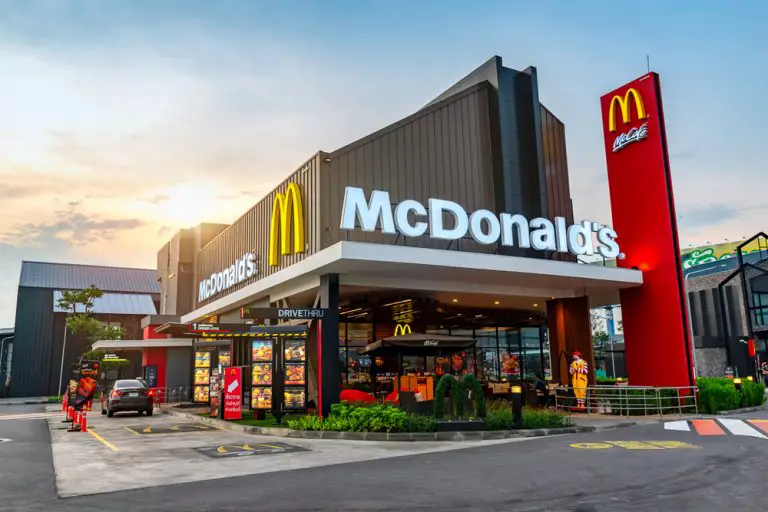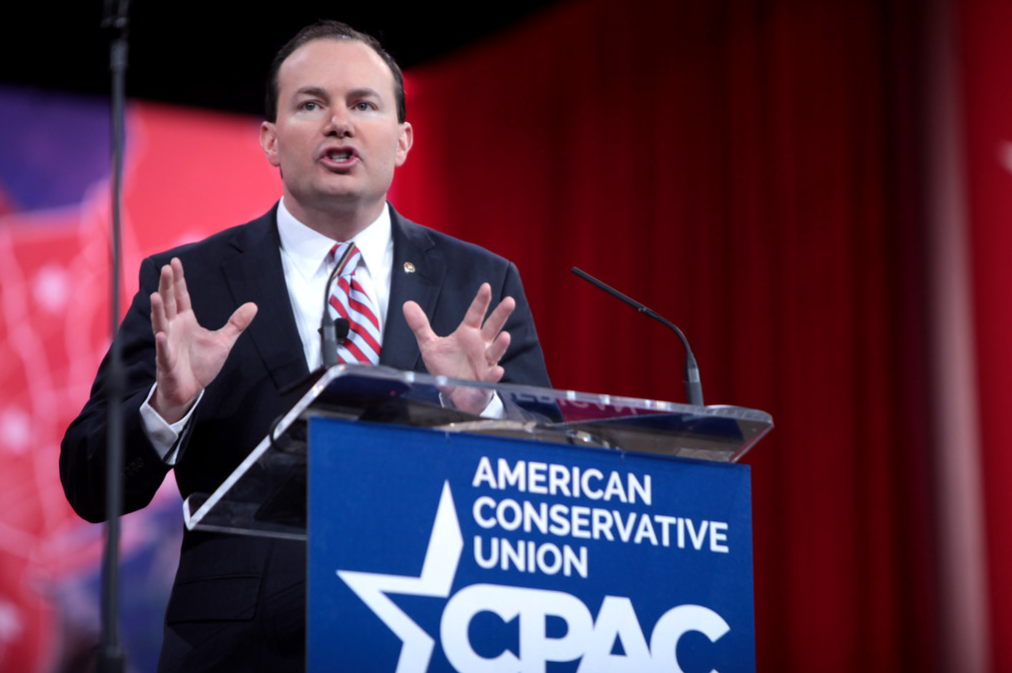McDonald’s has acknowledged that its high prices have contributed to falling sales, with global comparable sales dropping by 1% year-over-year, including a 0.7% decline in the US. CEO Chris Kempczinski attributed this decline to both external pressures, such as a slowdown in the quick-service restaurant sector and geopolitical tensions, and internal factors, particularly the company’s diminished focus on value. Over recent years, McDonald’s increased prices in response to high inflation, disrupting long-standing value programs and causing consumers to reconsider their buying habits.
Kempczinski noted that customers, particularly in lower-income brackets and families, are seeking more deals, purchasing fewer items per order, or opting for cheaper menu options. Some consumers are also choosing to eat at home more frequently, given that food inflation has impacted restaurant prices more significantly than grocery store prices. McDonald’s CFO Ian Borden emphasized that the decline is not necessarily due to customers switching to competitors but rather a general reduction in eating out among their core customer base.

In response, McDonald’s has introduced a $5 combo deal in the US, which has performed better than expected and will be extended into August in most restaurants. The company is also focusing on successful value deals in Germany and the UK. Despite the challenges, Kempczinski expressed confidence in regaining market share growth, though he cautioned that it will take time.
The broader fast-food industry is also facing similar issues, with chains like Starbucks, KFC, and Pizza Hut reporting poor growth in same-restaurant sales. McDonald’s executives remain cautious about future consumer spending, anticipating continued economic pressures and a higher cost of living to impact the industry for the foreseeable future.




